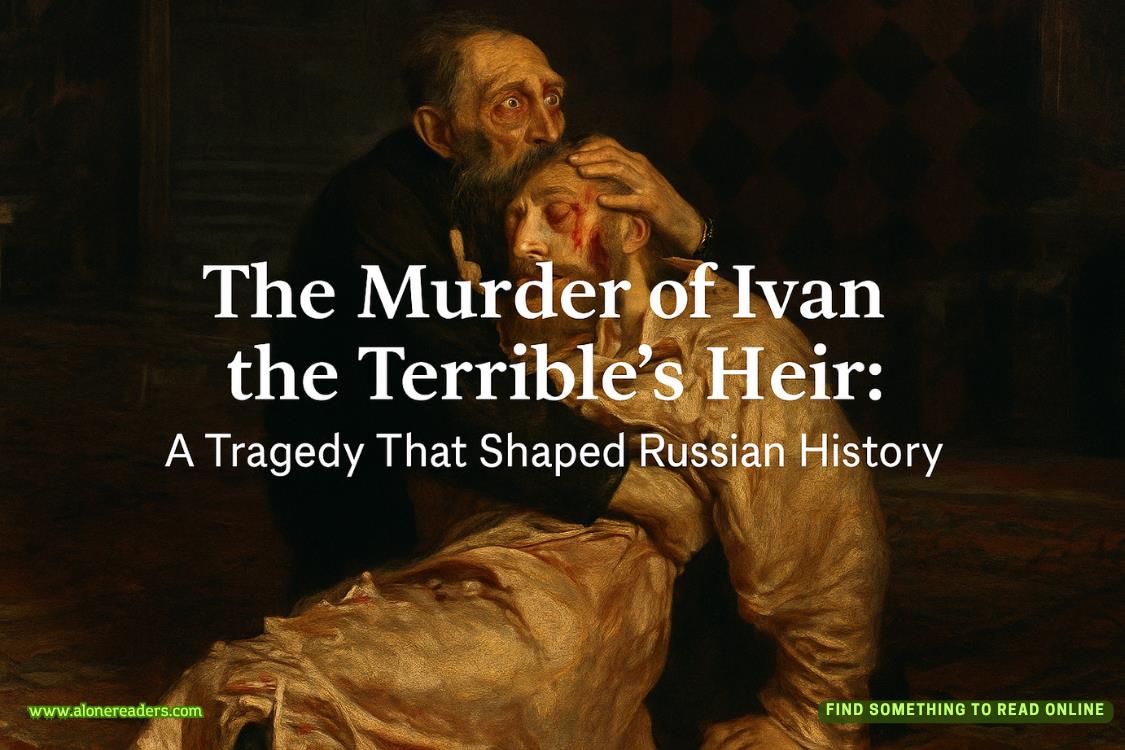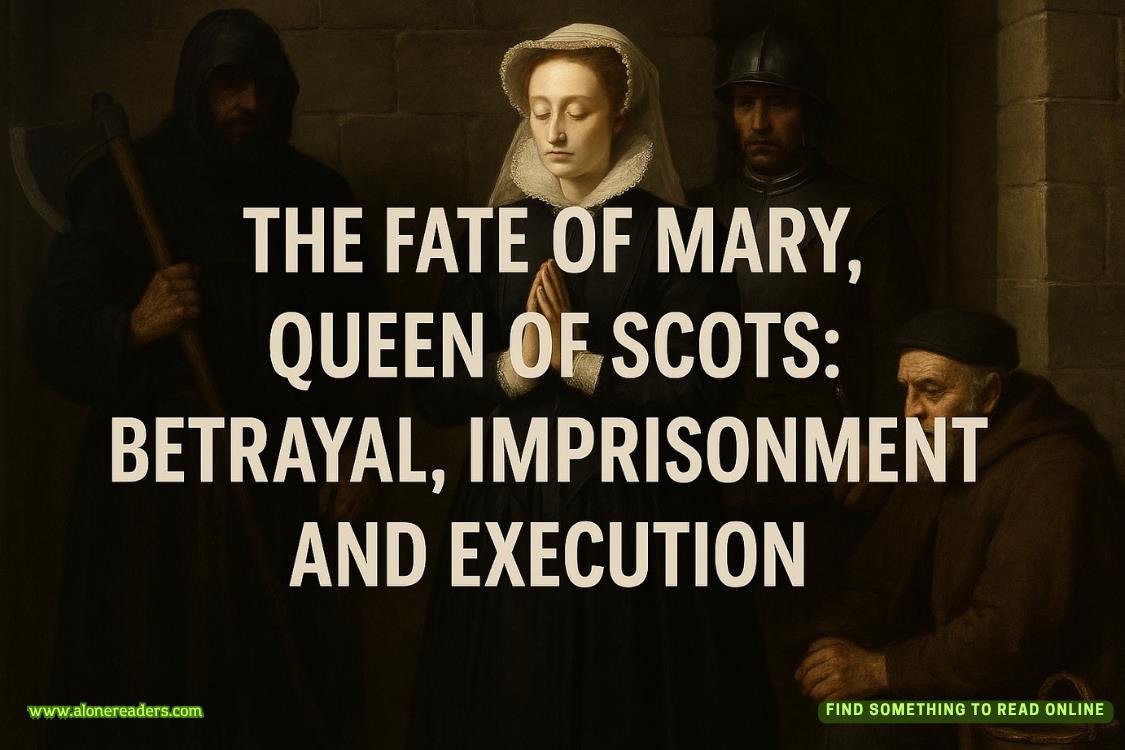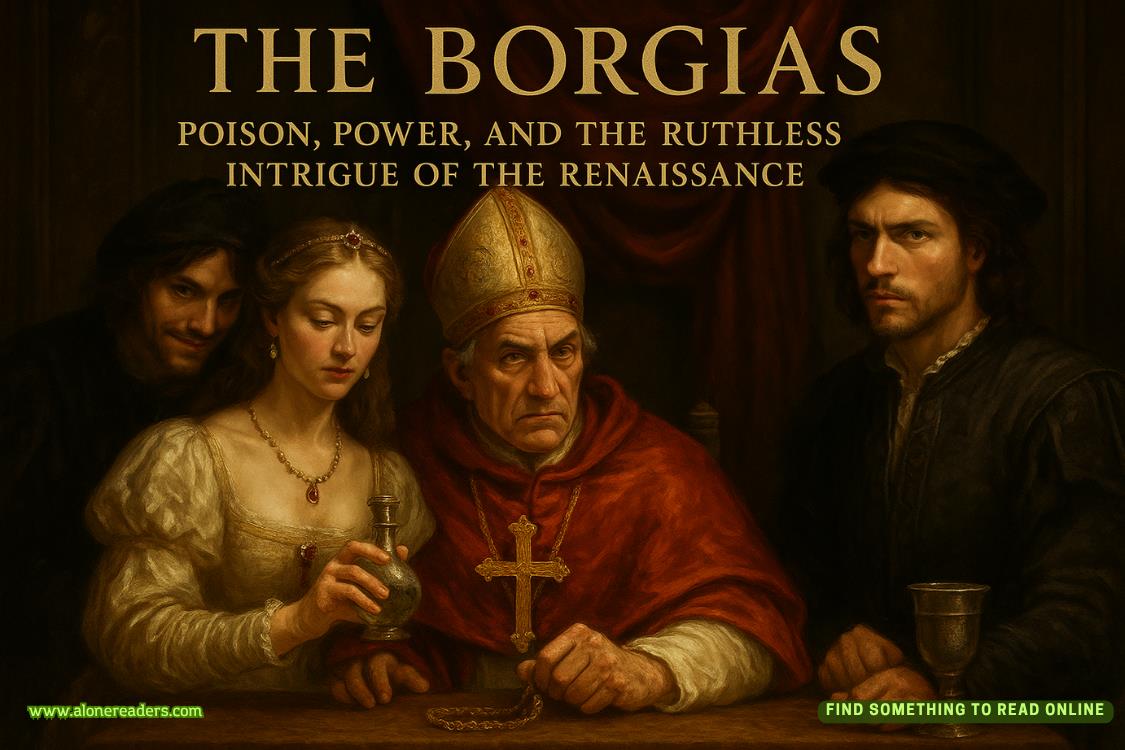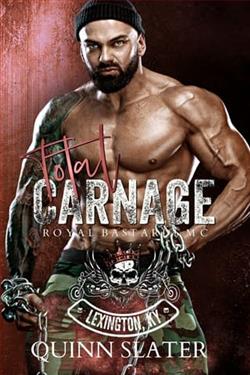Page 64 of Going Home in the Dark
“I hope you like roses,” she said.
“I love roses.” He turned his attention to his dinner tray and grimaced. “Will you look at this stuff.”
“I’d rather not,” Bobby said. The food tray was on a wheeled table. At Butch’s request, he rolled it away from the bed. “I’m Bobby, this is Rebecca, and the man in the hat is Spencer.”
Rebecca said, “Butch, you’ve got to eat, keep your strength up.”
“I’m not eating that slop.”
“Do you like pizza?”
“Who doesn’t?”
“What about Adorno’s pizza?”
“It’s the best.”
“Would you be allowed to have it?”
“I’m not on a special diet. I’m here for my toe.”
“I’ll call Adorno’s and have them deliver whatever pizza you like. Plus they can sneak you a couple of beers, if you want.”
“They’d deliver to a hospital room?”
“They will for me.”
“That would be fantastic. You must he somebody important.”
She shrugged, and he told her what he would like, and she made the phone call.
As planned, now that they had ingratiated themselves with Butch and established themselves as visitors, Spencer went on a tour of all three wings of the third floor, as though looking for another friend to visit. If he found something that jarred his memory as to what had happened here on Thanksgiving many years earlier, he would return with that news and then sit with Butch while Bobby or Rebecca continued the investigation.
37The Toe
Before the Keppelwhite Institute financed and constructed County Memorial thirty-five years earlier, area residents had taken their critical illnesses to Fassbinder Hospital, which was located in a less esteemed neighborhood. That facility had been built in 1922 and named after Otto Fassbinder, who served as a medic in World War I. For his exceptional bravery, Otto received numerous military honors that were bestowed on him by General Klaus von Fassbinder, who was said to be no relative whatsoever of Otto. Over the decades, in spite of several investigations conducted by hotheads in Congress and partisan journalists hell-bent on uncovering a scandal, no one could prove the scurrilous rumor that General Klaus von Fassbinder, himself a hero of the United States Army, had in fact been in the service of Kaiser Wilhelm and Germany. Likewise, no tad of evidence was ever found that Senator Adolph Klanghoffer, who steered the bill of appropriation for the hospital through Congress, ever benefited by even as much as one dime from the project. Construction costs had turned out to be four times the original estimate, but this occurred in the Roaring Twenties, when the nation was awash in new money and inflation was bubbling. Soon after General Fassbinder retired from the army, he was worth twelve million dollars, an immense fortune in those days. However, he hadacquired his wealth legitimately, for he proved to be a shrewd investor, a genius at stock-market analysis, whose marvelous success could be attributed to his frugality and his uncanny ability to make only the right investments. The fieriest of his critics in the press and elsewhere eventually were revealed as mentally unstable individuals when they either committed suicide or killed each other. Fassbinder Hospital had collapsed in a hailstorm the very year and month that Keppelwhite Institute completed construction of the new hospital and opened the doors to serve the residents of the county.
County Memorial was a U-shaped building with a long wing that lay east to west and two shorter wings that ran from north to south. The immense—some would say megamonolithic—Keppelwhite Institute backed up to the hospital, and in fact connected to the short wings of that health-care facility to form a courtyard. In the center of the courtyard, a massive fountain featured thirty arcing jets of water. In the center of the fountain, on a granite plinth, stood a twenty-foot-tall bronze statue of Gustoff Keppelwhite, the founder of the family empire, who began his working life as an assistant copyboy at theNew York Times.In 1891, the year that he married Hilda Fassbinder, Gustoff claimed to have invented the modern hinge and filed for patent protection. The press, even theTimes, mocked the young inventor and entrepreneur. However, the prestigious law firm of Klanghoffer, Knacker, Hisscus, and Nork—with lavish offices in New York, Chicago, and Washington—agreed to represent Gustoff Keppelwhite on a contingency basis, whereupon the mockery stopped as abruptly as a capering clown would stop if a piano were dropped on his head from the tenth floor of a high-rise. In just four months, Gustoff’s patent was granted. Thereafter, he received a royalty on every doorthat was hung, on every pair of eyeglasses manufactured, every breadbox, and thousands of other items.
As Spencer Truedove roamed the third-floor hallways, striving to look like a relative of several patients abed in different wings of the establishment, he couldn’t help but think about the history of the Keppelwhite family, which had been taught from grade school through high school in Maple Grove since the year construction had begun on the institute. As a troubled child, he’d wanted to be a Keppelwhite. As an artist, he’d yearned to see a painting of his installed one day in the home of James Alistair Keppelwhite and Wilamina “Willy” Keppelwhite, the doyen and doyenne of the current generation of the family.
Therefore, he was dismayed as well as unsettled by the effect their hospital exerted on him. As he walked the hallways, stepping into a room here and there and looking it over, wherever intuition led him, he became convinced that a malevolent, unseen presence was aware of him. Cameras were limited to stairwells and public spaces. He knew that, if indeed he was being watched, the watcher was not anything as benign as the security personnel.
Each time that he entered a room where the patients were not sleeping or preoccupied, he asked if either of them was Jim James, who of course was nonexistent, merely an excuse for violating their privacy. In room 344, two middle-aged men were sitting up in their beds. The nearer man was reading a hardcover novel, while the fellow in the second bed agitatedly twisted the segments of a Rubik’s Cube. The book reader looked up and asked, “Can I help you?”
Scanning the room for an anomaly that might be a clue as to why he and his amigos were drawn to the hospital, Spencer said,“I think this is the wrong room. I’m looking for a patient named Jim James.”
“I’m Jim James,” said the man with the book.
“You’re shitting me,” said Spencer.
The guy frowned. “Excuse me?”
“You’re not really Jim James.”
“I’ve been Jim James all my life.”
A medical chart hung by a chain from the footrail of the bed. Spencer lifted it, read it. “Jim Jamie James.”















